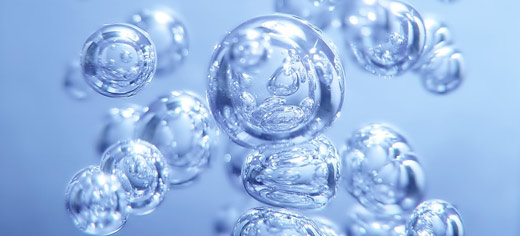

Randu Meadows in Latvia - one region that may be affected by increased nitrogen pollution
Nitrogen is one of those elements that never really gets much attention. It’s colourless, odourless and mostly inert. For the most part, it’s a bit of a loner as well, only bonding with itself in the form of N2. Unfortunately, it’s the quiet ones that can prove to me the most dangerous, as an international report published this month confirms.
The report – published at the Nitrogen and Global Change conference – shows that nitrogen pollution is one of the greatest threats to biodiversity in Europe.
Nitrogen concentrations have increased dramatically over the years, from agriculture in the form of ammonia and from industry as nitrogen oxides.
This reactive nitrogen can escape into the atmosphere and fall back down over large swathes of land. The main threat comes from the acidification of soil. Many plants are only able to uptake nutrients from the ground under very specific conditions, including the pH of the soil. These biochemical processes are well understood, what is not known however is the ecological impacts that occur when sensitive ecosystems are deluged by nitrogen.
The report focussed on a network of protected areas called Natura 2000. The network was set up to protect the most seriously threatened habitats and species. Collectively, they occupy around one fifth of all land in Europe. Across Europe, semi-natural grasslands, heaths and forests have been affected by nitrogen pollution.
Many rare and delicate species survive only in these regions. With nitrogen levels rising as a result of increased industry and agriculture, many now face a greater risk of extinction.
Dr Mark Sutton, from the UK’s Centre for Ecology & Hydrology and the lead editor of the European Nitrogen Assessment said “It highlights the great challenges faced in managing the threat of nitrogen deposition to Europe’s flagship conservation network. Concerted action is now needed to link European conservation, air pollution and agricultural policies to ensure that the scientifically established damage thresholds are not exceeded.”